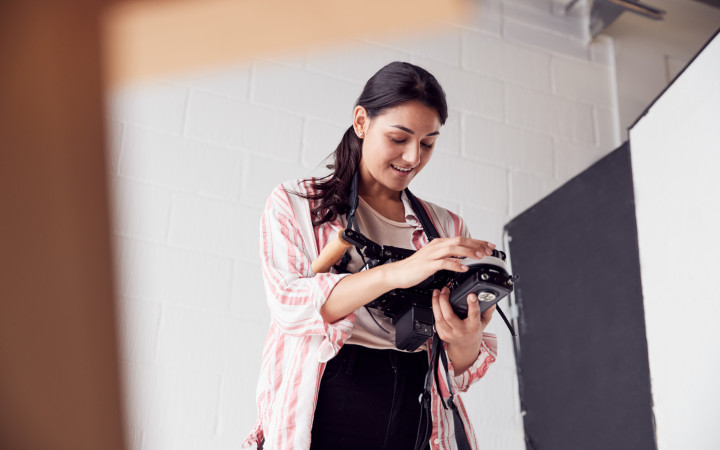Today’s Wonder of the Day was inspired by WonderFriend. WonderFriend Wonders, “What is Stop Motion Animation?” Thanks for WONDERing with us, WonderFriend!
Are you impressed by CGI? Are 3D movies your favorite? Seeing stories come to life on the big screen can be a lot of fun. Today, special effects make movies look very real. Still, many older movie-making techniques engage audiences, too.
Stop-motion animation is one popular film style that’s been around for quite a while. In this technique, movie makers stitch together a number of pictures to tell a story.
How do pictures become a movie? The trick is to make slight changes between each picture. This makes objects in the film look like they’re moving when the photos are put together.
How long have film creators used stop-motion animation? For over 100 years! The first movie made using this technique was “The Humpty Dumpty Circus” in 1898. The style is still very popular today.
Have you ever seen a stop-motion film? Some of them are very popular. One of the most well-known is “The Nightmare Before Christmas.” Other famous stop motion movies include “Coraline,” “Wallace & Gromit,” and “Rudolph the Red-Nosed Reindeer.”
Are you interested in making movies? If so, stop-motion animation is a great place to start. You only need a few things: a story, a medium, a camera, and editing software.
How are stop-motion movies made? The first step is to form an idea for the movie and write the story. Then, decide what medium to photograph. Many creators use 3D objects made of clay. Others use puppets. Some people make a series of drawings that tell a story. These are all popular mediums because they can be changed slowly between each picture.
The longest step in stop-motion animation is photography. It takes about 12 pictures to make one second of a film. Do the math—how many pictures would you need for a five-minute film? That’s right, 3,600!
Remember, every picture should only have very small changes. That’s another reason why filmmakers spend so much time on photography. When they edit the pictures together, the film should be smooth. Too many changes between photos can make the movie look bumpy.
After they stitch the images together, creators add sound and music. Finally, it’s time to view the new movie. Once the credits roll, they reflect on how to improve the process the next time around.
Would you like to make stop-motion films? Or would you rather sit in the audience? Either way, most agree that the technique yields unique results. What other movie styles are you interested in?
Standards: CCRA.L.3, CCRA.L.6, CCRA.R.1, CCRA.R.2, CCRA.R.4, CCRA.R.10, CCRA.SL.1, CCRA.W.3, CCRA.SL.2




